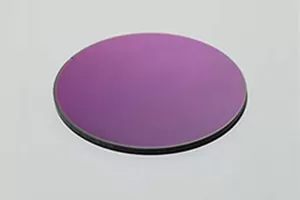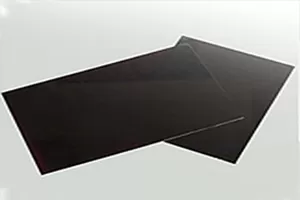In the development history of optical instruments, the emergence of the triple cemented achromatic lens is undoubtedly an important milestone. This lens combines three different refractive index cemented optical components. Through precise optical design and processing techniques, it achieves the elimination and control of chromatic aberration, providing crucial support for the high precision and stability of modern optical instruments.
I. The Working Principle of the Triplet achromatic lens
The core technology of this lens lies in its unique optical design and bonding process. This lens is composed of three different bonded optical elements, each with a different refractive index to accommodate light of different wavelengths. By precisely adjusting the thickness and refractive index of each element, as well as the bonding angle between them, it can achieve the elimination and control of aberrations.
II. Advantages and Applications of Triplet achromatic lens
High Precision and Stability: Due to the adoption of precise optical design and processing techniques, it possesses high precision and stability, which can meet the requirements of various high-precision optical instruments.Widely applicable fields: It has extensive applications in many fields, such as photography, videography, microscopes, telescopes, spectrometers, etc. It can enhance the imaging quality and performance of optical instruments, meeting various complex optical requirements.
Reduce costs: Compared to traditional single-lens or double-lensed assemblies, its production cost is lower because it uses simpler optical components and fewer processing steps. This makes the triple-lensed achromatic lens more competitive in the market.



















 EN
EN






